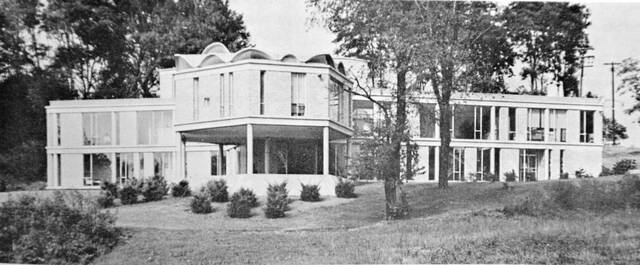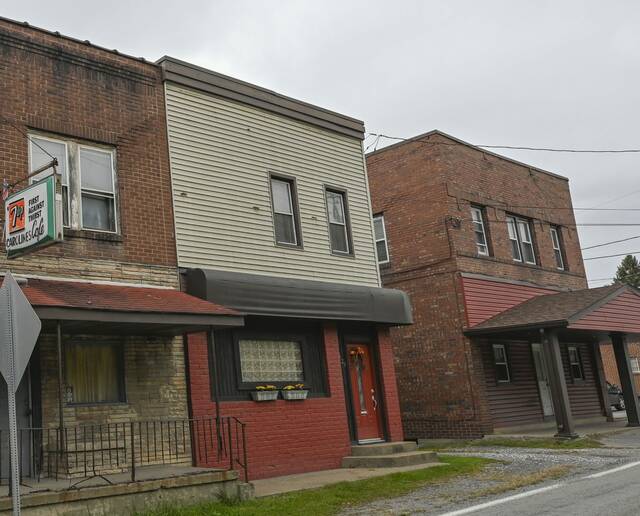Remember When: Russellton Medical Group tended to miners' health
Health care, particularly for middle class families, is a given for most these days either coming from by employers or government agencies.
But it wasn’t always that way.
In the 1950s, the Russellton Medical Group stepped up to provide care for many Alle-Kiski Valley families who could not afford health care or never got into the habit of receiving regular checkups and preventive care.
Many residents will recall how their immigrant parents or grandparents relied on home remedies brought over from the “old country.”
That all changed in 1952. At that time, a Dr. Reynolds resigned as the Republic Steel Co. mine doctor in the Russellton community of West Deer to go into private practice.
Also, the Curtisville mines in West Deer were about to close.
It meant a difficult situation for coal miners who were accustomed to medical care spelled out in United Mine Workers contracts.
To avert a medical crisis, union officials teamed with several young doctors and their families who were drawn to the Russellton area.
Related
• Remember When: Polish immigrants built St. Ladislaus Church
• Remember When: Plum native William D. Boyce was founder of Boy Scouts of America
• Remember When: Moon landing sparked excitement, celebrations in Apollo
The collaboration resulted in the Russellton Medical Group joining the Miners Clinics, formed as an outcome of the UMW’s Welfare and Retirement Fund.
A group of miners went to Pittsburgh to consult with Dr. Leslie Falk about setting up community clinics. Dr. Thompson Ferrier came to Russellton from Canada specifically to be part of the group practice. Falk then set up the Russellton Medical Group under the sponsorship of the nonprofit Miners Clinics Inc.
In February 1953, the Community Clinic of Russellton opened its doors on the second floor of a then-hardware store along Little Deer Creek Valley Road with two general practitioners and an internist.
For the first time, miners and their families in geographically isolated towns had access to medical care. The service took off and soon nonminers’ families, such as those of the United Steelworkers, and others benefited from the clinics.
The group expanded to Apollo, New Kensington and the Acmetonia section of Harmar.
When Dr. Daniel Fine and his wife, Anita, moved to New Kensington from New York City in 1957, Fine recruited a number of physicians to join the clinic practice. The problem was that many of the doctors were not admitted to the Citizens General Hospital staff.
Mineworkers staged a large protest along Fifth Avenue in New Kensington in 1957. Ultimately, the clinic’s doctors were given hospital privileges, according to research done by Washington County journalist Bette McDevitt.
The crown jewel of the Russellton Medical Group was a stately building along Powers Drive in New Kensington as the clinic continued expanding its service to nonmining employees.
By the 1970s, oil had replaced coal as the dominant form of energy in the U.S., which forced many mines to close. Other facilities were just plain mined out.
A fee-for-service plan was implemented in 1977.
On April 30, 1991, the miners clinics lost a major legal battle with the National Labor Relations Board as Health Maintenance Organizations rose to prominence.
The building on Powers Drive was dismantled and now is the site of private apartments.
The Russellton Medical Group was acquired by UPMC in 2007 and still has clinics in the UPMC Center on Burtner Road in Natrona Heights, Harrison and at the Alexander Athletic Club building in Harmar.
George Guido is a Tribune-Review contributing writer.
Remove the ads from your TribLIVE reading experience but still support the journalists who create the content with TribLIVE Ad-Free.


